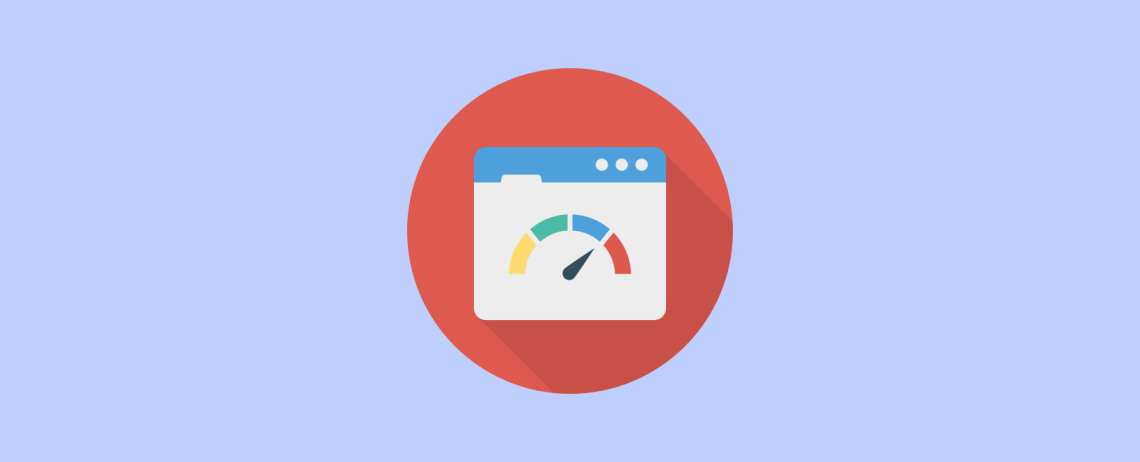When creating frontend applications, we often face challenges like messy components, tightly coupled logic, and difficulty adding new features. Following design principles helps us write code that is easier to understand, test, and maintain. One of the most powerful sets of principles is SOLID, introduced by Robert C. Martin (Uncle Bob), author of Clean Code. Although SOLID was originally designed for object-oriented programming, these principles are just as valuable in frontend development when working with frameworks like React, Vue, or Angular. Why SOLID Matters in Frontend If we don’t follow SOLID, frontend codebases often face issues like: • Components becoming…
Popular Posts
-
-
Managing the state of an application is crucial for building efficient, maintainable web applications. As apps grow in complexity, handling state effectively ensures they run smoothly and remain easy to scale. In this guide, we’ll explore state management in three popular frontend frameworks – React, Vue, and Angular – and the state management libraries commonly used with them: Redux, Vuex, and NgRx. What is State Management? In the context of web applications, state refers to any information your app needs to keep track of over time. This could include the current logged-in user, form input values, API data (like products…
-
In the world of frontend development, frameworks are essential tools that help developers build scalable, maintainable, and interactive web applications. In this post, we’ll explore three of the most popular frontend frameworks today: Vue.js, React, and Angular. Each has its unique approach, strengths, and use cases, making them ideal for different project requirements. Vue.js: The Progressive Framework Vue.js is often praised for its simplicity and flexibility. Created by Evan You, Vue has grown into one of the most loved frameworks in the frontend community. Its main goal is to make building user interfaces easy and efficient. Key Features: Reactive Data…
-
As frontend applications become more complex, choosing the right architecture becomes critical. The structure of your application determines how it loads, scales, and performs. In this part of the Frontend Fundamentals series, we’ll explore what frontend architecture means, why it matters, and break down key architectural patterns like Monolithic vs Micro Frontends and different rendering strategies: CSR, SSR, SSG, and ISR. What is Frontend Architecture? Frontend architecture is the design and structure of your frontend codebase and how it interacts with the rest of the system – backend services, APIs, CDNs, and ultimately the browser. A good architecture: Monolithic Frontends…
-
In today’s fast-paced web, users expect pages to be smooth, responsive, and interactive. Delivering that experience means understanding how browsers render content and how to optimize that process for performance. What is the Browser Made Of A browser is more than just a window to the web — it’s a complex software with many parts working together to display websites: Why Rendering Performance Matters Smoothness is key for user experience. Most screens refresh 60 times per second (60fps). To keep animations, scrolling, and interactions smooth, the browser must prepare each frame in about 16 milliseconds. Realistically, it has about 10…
-
Optimizing loading performance is one of the most impactful ways to improve the user experience on the web. A fast website not only feels better but can directly improve engagement, retention, and even SEO. How Do You Measure Performance? Before you optimize anything, you need to measure it. Here are some key performance metrics every frontend developer should know: You can track these using tools like Lighthouse, Chrome DevTools, WebPageTest, or Core Web Vitals in Google Search Console. Optimizing Network Requests The journey from browser to server and back can be long — optimizing that round-trip is critical. To load…
-
In today’s online world, security is essential to protect your data and privacy. This post breaks down key web security concepts, including HTTPS, CORS, and common web attacks — and explains how websites defend against them. What is HTTPS? HTTPS is simply HTTP over an encrypted connection, which means data sent between your browser and a website is secure and private. HTTPS, TLS, and SSL: What’s the Difference? Term What It Is Why It Matters HTTPS Secure version of HTTP used in browsers Shows a secure padlock in your browser; encrypts all HTTP data TLS Protocol providing encryption and data…
-
The internet is powered by HTTP (HyperText Transfer Protocol), which defines how clients like browsers communicate with web servers. When you open a website or use an API, your browser sends HTTP requests to servers, which respond accordingly. Understanding the types of HTTP requests, how servers respond, and the meaning of status codes and headers can deepen your knowledge of how the web works. HTTP Request Methods: What Do They Mean? HTTP methods tell the server what action the client wants to perform on a resource. Common HTTP Methods Difference between POST and PUT One common question that often comes…
-
When you enter a URL in your browser, a complex series of steps happens behind the scenes before the webpage appears on your screen. Understanding these steps is fundamental for frontend developers because it helps optimize performance, debug issues, and create better user experiences. What Is a URL? A URL (Uniform Resource Locator) is the web address you type into your browser — for example, https://www.example.com/page. It tells the browser exactly where to find the resource on the internet. A URL typically includes: This address is what your browser uses to start the process of loading a website. Step 1:…
-
When you’re trying to learn something new—whether you’re a beginner, mentoring a junior developer, or preparing someone for frontend interviews—one challenge keeps coming up: where to start. Many developers jump straight into frameworks like React, Vue, or Angular, hoping to quickly build something impressive. But without understanding the core fundamentals of web development, this approach often leads to confusion, frustration, and burnout. In my experience as a senior frontend engineer, I’ve seen time and time again that mastering the fundamentals—HTML, CSS, JavaScript, and the browser itself—makes everything else easier. When you understand how the web works under the hood, you…














